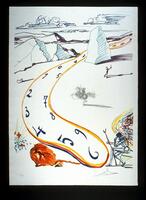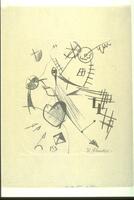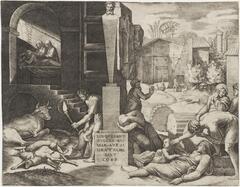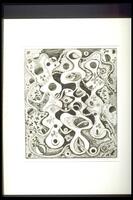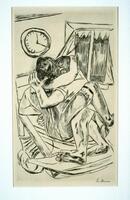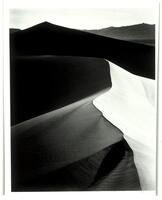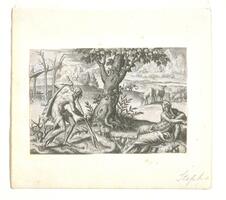Zeit ist relativ, nicht im klassischen Sinne von Albert Einstein, sondern im Zeitsinne unserere Wirtschaftskraft. Seit Anfang März 2020 marschiert die als COVID-19 bekannte Pandemie nach Westen und beginnt zu tanzen. Um gegen die Macht einer unbekannten Streitmacht mit einer Übertragungsrate von mehr als einer (oder nach aktuellen Schätzungen von 1,4 bis 5,8) und einer Todesrate von rund 10 Prozent zu kämpfen, haben die Weltwirtschaftsmächte Methoden zur Reduzierung der Rate festgelegt der Verbreitung. Einige dieser kommerziellen Versuche nutzen Teile ihres GDP, um ihre Bürger mit Sicherheitsnetzen zu versorgen. Kanada wird beispielsweise mehr als 25% seines GDP für Konjunkturpakete für seine Bürger ausgeben, Japan wird 15% seines GDP für ihre ausgeben Prävention, und die Vereinigten Staaten haben Billionen - ja, Billionen - Dollar in Form von Krediten für kleine Unternehmen geschickt, um den Bankrott unserer Wirtschaft zu verhindern. Mit Billionen von Dollar im globalen GDP, um die Verbreitung von COVID-19 zu verlangsamen, haben fast alle Länder auch Methoden der sozialen Distanzierung und sozialen Isolation entwickelt, um zu verhindern, dass die Öffentlichkeit auch nach draußen geht. Auf diese Weise hat sich unser Leben verändert. Zum ersten Mal in der modernen Geschichte in den Vereinigten Staaten bleiben viele Bürger zu Hause. Dieses massive Experiment / diese Erfahrung hat mich in den letzten Wochen persönlich gelehrt, wie die Zeit vergeht und wie sie sich ausdehnt und verlangsamt.
8 Items in this Learning Collection
Copyright
The Plague
1960/2.131
Title
The Plague
Artist(s)
Marcantonio Raimondi
Artist Nationality
Italian (culture or style)
Object Creation Date
circa 1515-1516
Medium & Support
engraving on paper
Dimensions
7 4/5 in x 9 15/16 in (19.84 cm x 25.24 cm);14 ⅜ in x 19 3/10 in (36.51 cm x 49.05 cm)
Credit Line
Museum Purchase
Label copy
March 28, 2009
Marcantonio Raimondi, one of the most skilled printmakers of his generation, worked closely with the Renaissance master Raphael (1483–1520), who made numerous drawings that Raimondi then executed as engravings. The Plague, which represents a scene from Virgil’s Aeneid, resulted from precisely such collaboration: it reproduces a drawing by Raphael now in the Uffizi Gallery in Florence. One scholar has suggested that Raphael even designed the drawing to showcase Raimondi’s talents at imitating the effects of light and dark. The results of such artistic cooperation between the two artists were extremely lucrative for both.
Physical Description
Left and right sides of print are seperated by an herm. The left side of the print is a darkened pseudo-interior, with light illimunating two female figures and dead lambs. The right side of the print is set in front of a barn(?) and features figures reacting to the body of a deceased woman in the foreground. BL 2/28/18
Primary Object Classification
Collection Area
Western
Rights
If you are interested in using an image for a publication, please visit http://umma.umich.edu/request-image for more information and to fill out the online Image Rights and Reproductions Request Form.
Keywords
cows
death
reclining
sheep
torch
